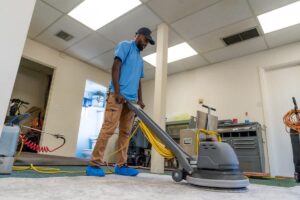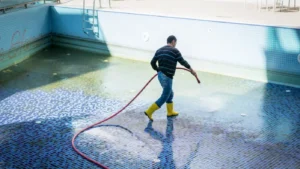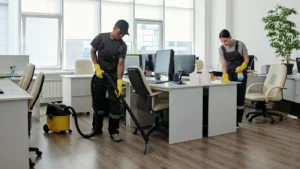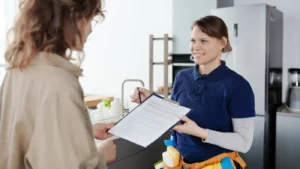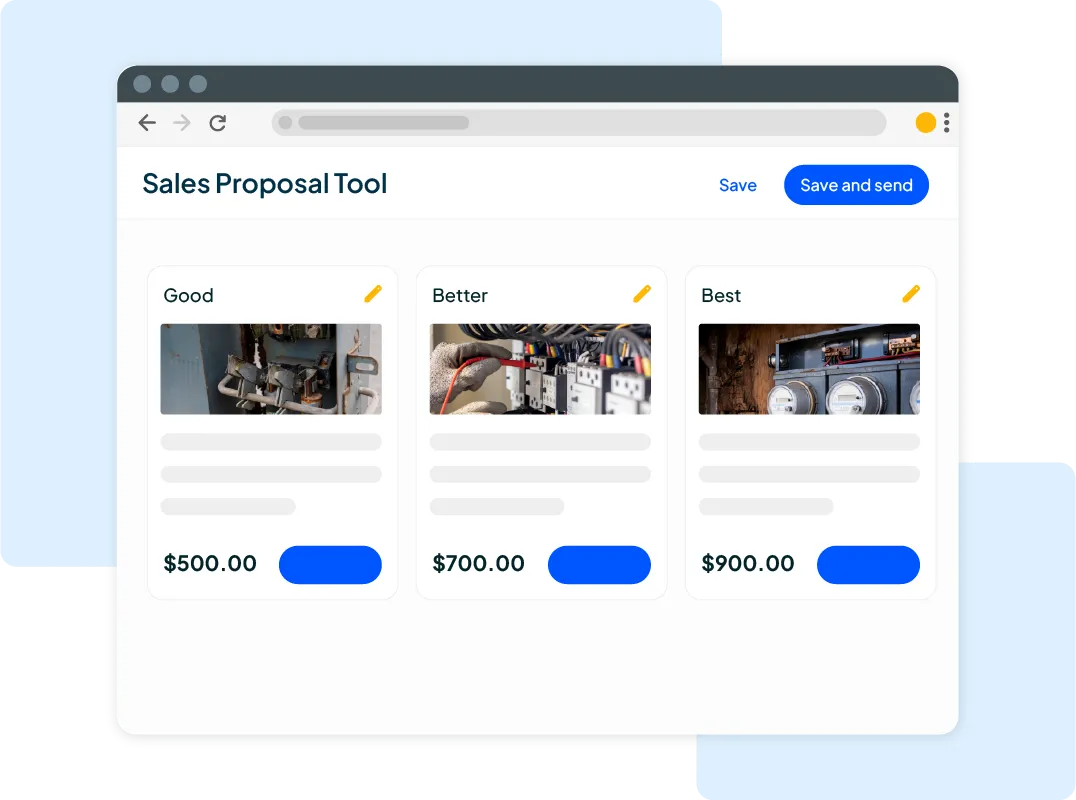Want to win more jobs with less effort?
Grow your business and send quick quotes with our home service software.

Want to see your potential revenue?
See what businesses like yours earn with Housecall Pro in 1 - 2 minutes.
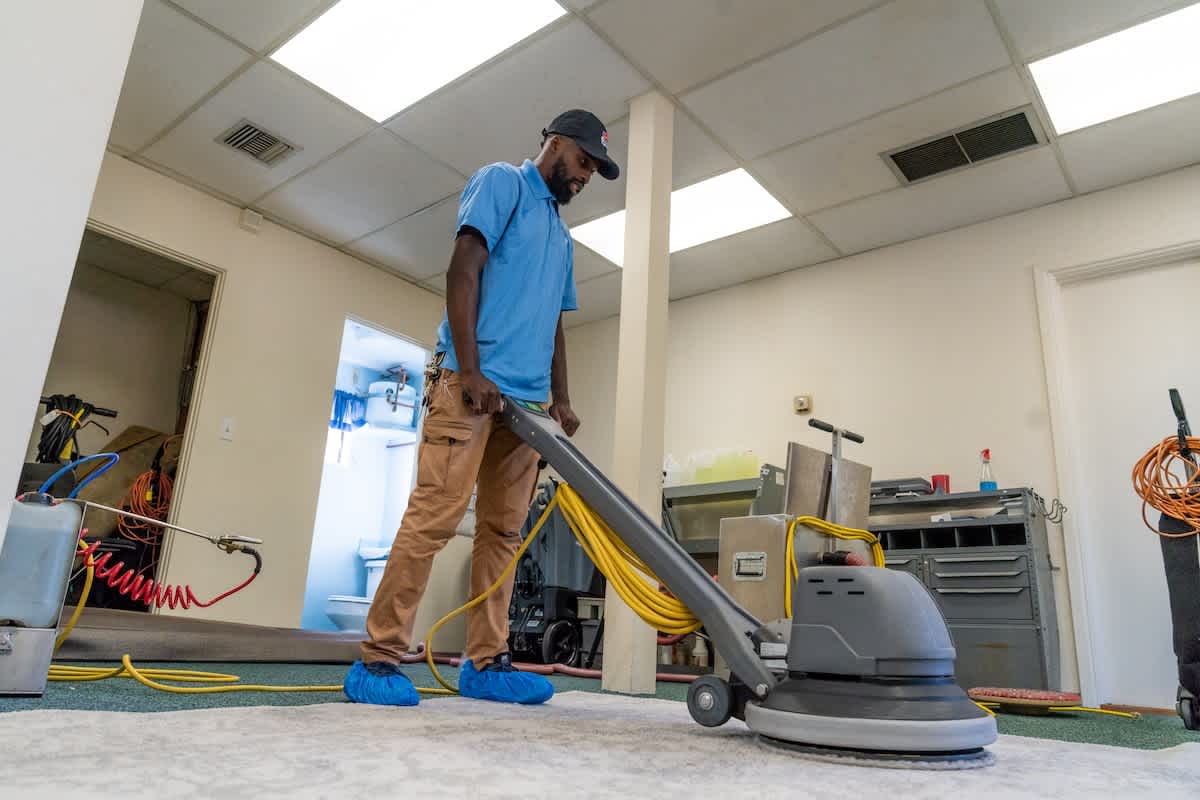
When cleaning carpets is your game, you need the right psi to put you on the leaderboard. Trying to get out tough stains with 80 psi would be like Michael Jordan trying to shoot a 3-pointer with the energy of a layup.
In other words: Even if you’re using the best carpet cleaning pump on the market, failing to supply it with the proper power is a mistake.
What is the best PSI for carpet cleaning? The right psi depends on a variety of factors. Here’s what some carpet cleaning experts have taught us about this important aspect of professional carpet cleaning.
How to Decide on the Right PSI for the Job
If you ask two carpet cleaning pros about their preferred psi settings, you’re probably going to get two very different answers. Especially if one of them works in buildings with heavily trafficked carpet and the other specializes in residential upholstery. The right psi for the job depends on a lot of variables.
As one Facebook member said in a group for carpet cleaning pros, he determines the right psi for the job based on everything from pile type to carpet condition:
“It depends on the fiber type, pile type, and condition [of the] carpet. I mainly use between 200 and 400 psi. This would be about 80% of the time, but I can use as low as 100 or 75 psi, and I can use as high as 500 or 600 psi.”
Here are some of the most common factors to consider when you’re evaluating which psi is right.
Type of Fabric
If you’re working with regular carpet, you’ll need a different psi setting than if you’re helping a customer clean up furniture with thick upholstery. Most carpet cleaning pros say they use a range of 100-400 psi for regular carpeting, but some use a psi as high as 500 for standard jobs.
For more delicate fabrics, such as thinning cotton or nylon, you may need to go as low as 50 psi. Reducing the pressure allows you to clean without leaving damage — which your customers probably (definitely) wouldn’t be satisfied or thrilled with.
Pile Height
Assuming you’re using your carpet cleaning pump on flooring, you should also take pile height into account when determining psi. High-pile carpet leaves a lot more room for dirt, dust, and other stuff to get stuck at the base of the carpet. Standard vacuums may not have enough suction to get to pull up the debris from a high-pile flooring. That means your customers aren’t getting to all the dirt in their carpet, even if they vacuum well and often. If your standard psi is 200 for carpets, you may want to go to 300 or 400 psi with a particularly high pile.
On the other hand, if you’re dealing with short-pile carpet, you may not need to up the pressure on your carpet cleaner. Shorter piles on carpet can still catch plenty of stains, but if the carpets are in decent condition there is no need to blast it with extra pressure. A psi as low as 100-200 could suffice in these situations.
Carpet Condition
This one is a biggie. It might be the biggest determining factor of all when you’re landing on the appropriate psi for the job. In the words at least one carpet cleaning expert, if you run a carpet cleaning pump on 80 psi over filthy carpets, the flooring “won’t even cringe.” Some professionals run their pumps on psi as high as 1000-1500 for heavily stained carpets.
How do you know if it’s time to increase your psi for a difficult job? Conditions that often call for a higher psi include:
- Old stains. If you come across carpet that hasn’t been treated for years, it’s almost certain that 100 psi isn’t going to be enough to get the job done.
- Tough stains. If the customer has spilled something red across their light carpet, you know a higher psi (along with pre-treating) is your only chance at making a dent.
- Pet stains. The smell of urine is almost always impossible for a customer to get out on their own, and it can even be a challenge for a pro. A higher psi might be needed to get the stain and the odor to go away.
The same rules apply to fabrics aside from carpet, though you may have to be careful about being too aggressive with thin or delicate materials. As one of our carpet cleaning pros points out, he only uses up to 200 psi on microfibers, even when they’re heavily soiled. In some cases, the best plan of action is to pre-treat and scrub rather than upping the anti on the psi.
Drying Time
If your client absolutely won’t abide by a 24-hour dry time for their professional cleaning, you may have to change your psi game plan. Because a higher psi applies more pressure and uses more water, the dry times will be extended. If you were aiming for 800 psi to deal with some seriously stained carpet, you may have to come down to 500 psi and educate your client about what that means for the finished product.
You can also offer to set up a Dri-Pod or other fans to speed things up. This is especially crucial when you can’t advise your customers to open their windows (like when it’s February in Minnesota). While the drying time isn’t the biggest factor in psi, it’s worth discussing dry time with your customer and reconsidering your psi when necessary.
As one professional carpet cleaner explains, drying time also depends on the temperature in the room (in her case, she recommends 22 degrees Celsius or 71 degrees Fahrenheit) and the suction capacity of your machine (but more on that in a bit).
Agitation
It’s not news to you that agitation is an important part of any carpet cleaning tool. Agitating the dirt in carpets and other fabrics loosen the grime and make it easier to suction it up. Increasing the psi also increases the amount of agitation the carpet experiences. If you are dealing with a type of fabric or a level of stain that requires more agitation power, psi could be the answer. It certainly saves you from having to manually rake or scrub the carpet in advance.
Brushes, Suction, and Chemicals
There are a few other factors that work alongside psi and help inform how well the job gets done. These include the brushes on your carpet cleaner and the amount of suction. And, of course, the chemicals you use are essential to breaking up stains and dirt.
Brushes
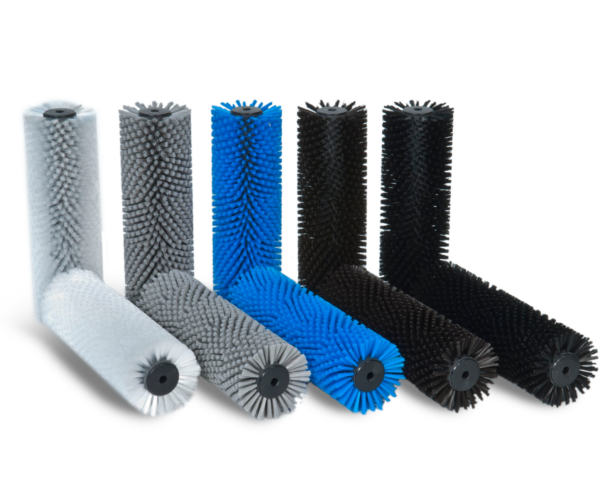
The appropriate psi may also hinge on the brushes you’re working with. Some carpet cleaning pros say they stick with fine brushes, but you can also get a thicker gauge for tougher jobs where you want/need to maximize agitation. Soft brushes (like the one from Texatherm pictured above) are made specifically for shampooing; you can also find a variety of brush replacements online.
Suction
Another factor that could inform your psi is the amount of suction on your pump. Using more suction means you’re not flooding the carpet with water and leaving it behind — this only leaves your customer with a crazy dry time. Ample suction allows you to use a higher psi when you think it’s necessary. 6000wts of suction on your carpet cleaning pump should be enough to tackle tough jobs and expedite the drying time.
Chemicals
Even a high psi might not be enough to break up the dirt and stains on really damaged carpet. For that, you should consider rethinking your detergent strategy. Some of the highest rated carpet cleaners address odors as well as visible stains. The above chemical, sold by Bissell, is specifically designed to eliminate pet urine. Turning to specialized chemicals will make a big difference when you max out the psi and still need more help.
Bottom Line
The psi you use can be important — but it’s not the only way to guarantee a successful job. Getting carpet clean depends on three main factors:
- Using quality equipment
- Expert user knowledge
- Good chemicals/detergents
You can control how well-versed you are in carpet cleaning, and you can switch up your detergents. Upgrading your machines may be more costly and time-consuming, but it can also be the most crucial element. If your machines only go up to 600 psi and you encounter a really tough job… you’ll either have to work twice as hard or turn it down.
Finding the right psi for your customers may require some trial and error, but at some point it will become second hand. You’ll be able to spot a stained carpet and know how much pressure it takes to cure the flooring of its grime.
If you’re a professional carpet cleaner who is building your business, you need all the backup you can get. Heck, even if you’re thriving, couldn’t you benefit from streamlining? The answer is yes. That’s where Housecall Pro’s carpet cleaning software comes in. Next, to your carpet cleaning pump, our suite of scheduling, invoicing, and communication features may be the best thing to happen to your business.

